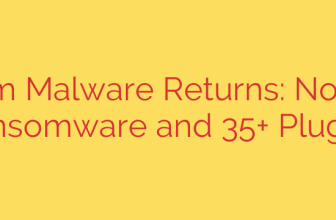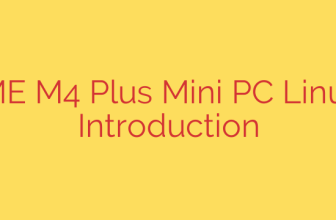
Your Essential Guide to Selecting a Scalable Colocation Facility
Choosing to move your critical IT infrastructure into a colocation facility is a major strategic decision. It’s more than just renting space and power; it’s about selecting a long-term partner for your business’s growth and stability. A poor choice can lead to costly downtime, security vulnerabilities, and a painful migration process down the road.
To ensure your investment is sound, you must evaluate potential data centers on their ability to scale with your needs. This guide provides a clear framework for assessing a facility’s readiness to support your operations today and in the future.
The Foundation: Power and Cooling Infrastructure
The lifeblood of any data center is its power and cooling. An interruption to either can bring your entire operation to a halt. When evaluating a facility, go beyond the basic promise of “uptime” and dig into the specifics of their infrastructure.
- Power Redundancy: Ask about the facility’s redundancy model. An N+1 configuration means they have at least one backup component for every one needed for full operation. A 2N or 2N+1 model offers full redundancy, with a completely independent, mirrored infrastructure ready to take over in case of a failure. This is the gold standard for mission-critical applications.
- Power Density: As computing needs grow, so does the power required per server rack. A facility that only offers 2-4 kW per rack may not support your future hardware. Ask about the average and maximum power density per rack and ensure it aligns with your technology roadmap, especially if you plan to deploy high-density equipment like blade servers or AI/ML clusters.
- Cooling Efficiency: Inefficient cooling drives up costs and can create hot spots that threaten equipment. Inquire about their cooling systems, including hot/cold aisle containment and overall efficiency, often measured by their Power Usage Effectiveness (PUE) rating. A lower PUE indicates a more efficient—and often more modern—facility.
Connectivity is King: Network and Carrier Access
Your data is useless if you can’t access it quickly and reliably. A colocation facility’s network infrastructure is a critical factor in performance, flexibility, and cost.
The most important feature to look for is carrier neutrality. A carrier-neutral facility allows you to choose from a wide range of internet service providers, giving you the power to negotiate better pricing and select the best service for your specific needs. This prevents vendor lock-in and ensures competitive rates.
Key questions to ask include:
- How many different network carriers are available on-site?
- Are there diverse fiber entry points into the building to prevent a single point of failure?
- Do they offer direct, low-latency connections (cloud on-ramps) to major cloud providers like AWS, Microsoft Azure, and Google Cloud?
A robust, carrier-neutral environment is a hallmark of a top-tier colocation provider and is essential for building a resilient and scalable hybrid IT strategy.
Fortifying Your Assets: Physical Security and Compliance
When you place your servers in a colocation facility, you are entrusting them with your most valuable asset: your data. Therefore, their physical security measures must be uncompromising. A truly secure facility employs a multi-layered defense strategy.
Look for facilities that offer:
- 24/7/365 On-Site Security Staff: Manned security is non-negotiable.
- Perimeter Security: This includes secure fencing, vehicle gates, and comprehensive video surveillance.
- Multi-Factor Access Control: Access to the data center floor should require passage through multiple checkpoints, including mantraps and biometric scanners (fingerprint or iris).
- Cabinet and Cage Security: Ensure that individual server cabinets and cages are secure and that access is logged and monitored.
Furthermore, verify the provider’s compliance certifications. If you handle sensitive information, certifications like SOC 2 Type II, ISO 27001, HIPAA, and PCI DSS are not just nice to have—they are essential. These attestations prove that the facility is regularly audited against strict industry standards for security and operational processes.
The Human Element: On-Site Support and SLAs
Even the best-laid plans can go wrong. When an issue arises, you need to know that expert help is immediately available. This is where “remote hands” services and Service Level Agreements (SLAs) come in.
“Remote hands” support provides access to on-site technicians who can perform tasks on your behalf, such as rebooting a server, checking a cable, or swapping hardware. This can save you the time and expense of sending your own staff to the data center for minor issues.
Your contract should include a detailed SLA that contractually guarantees specific levels of service. A strong SLA should cover 100% uptime for power and cooling, as well as defined parameters for temperature, humidity, and response times for support requests. Read the fine print to understand what remedies are offered if the provider fails to meet these guarantees.
By focusing on these four critical areas—power, connectivity, security, and support—you can confidently choose a colocation partner that not only meets your current needs but is also prepared to support your business as it evolves. Your due diligence today will pay dividends in performance, reliability, and peace of mind for years to come.
Source: https://www.datacenters.com/news/site-readiness-101-how-to-choose-a-colo-facility-that-can-scale-with-you








